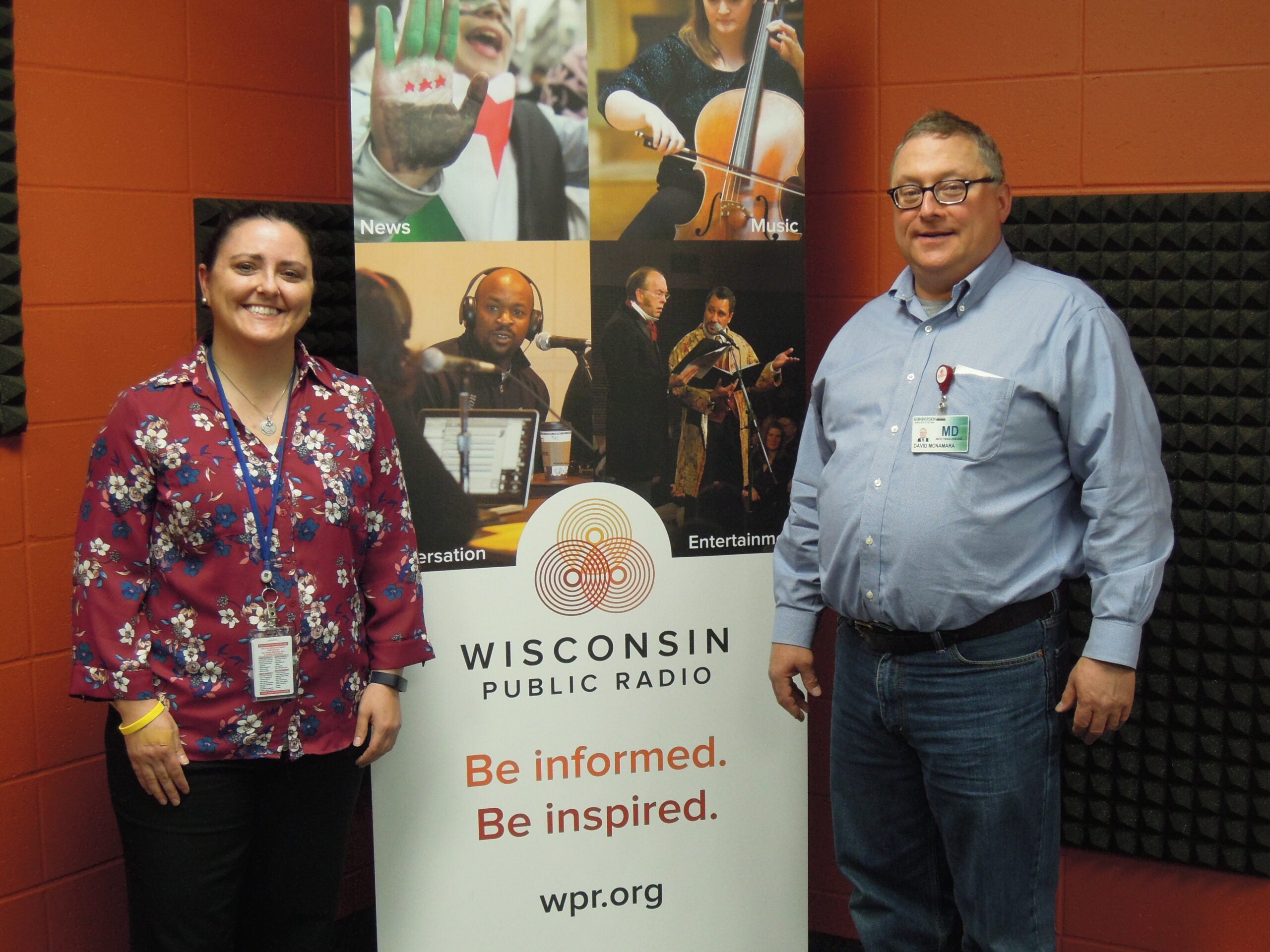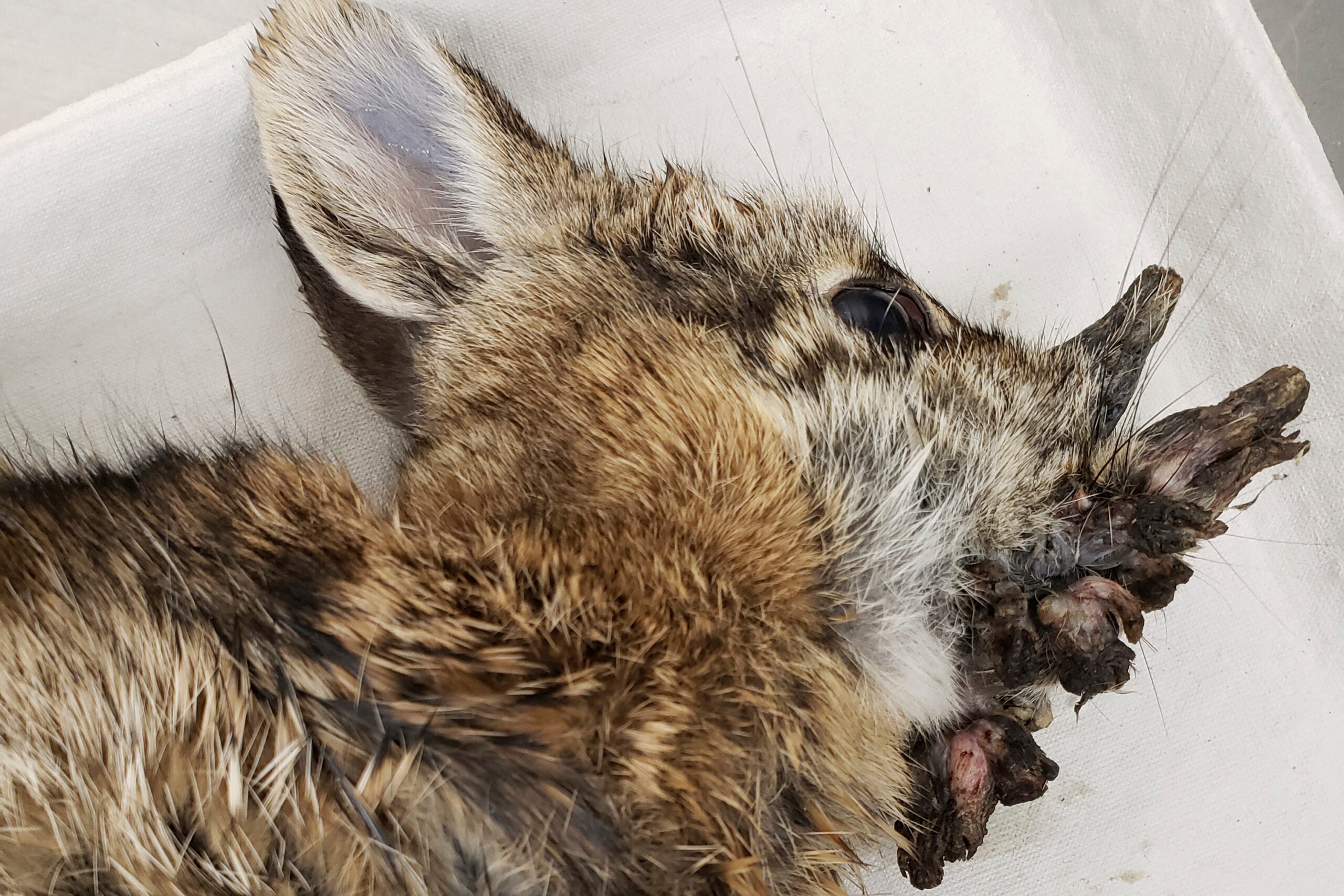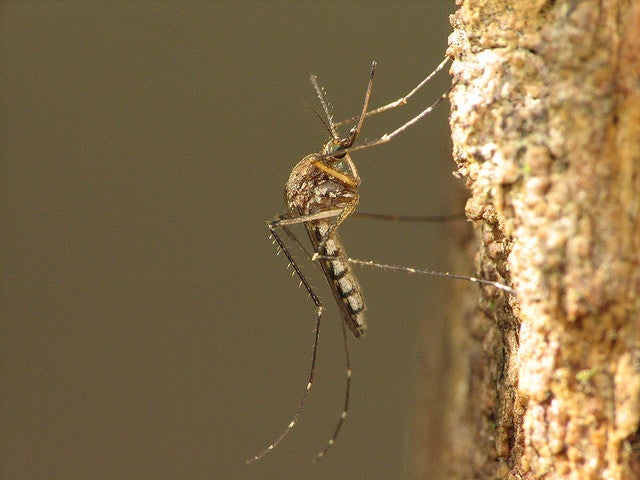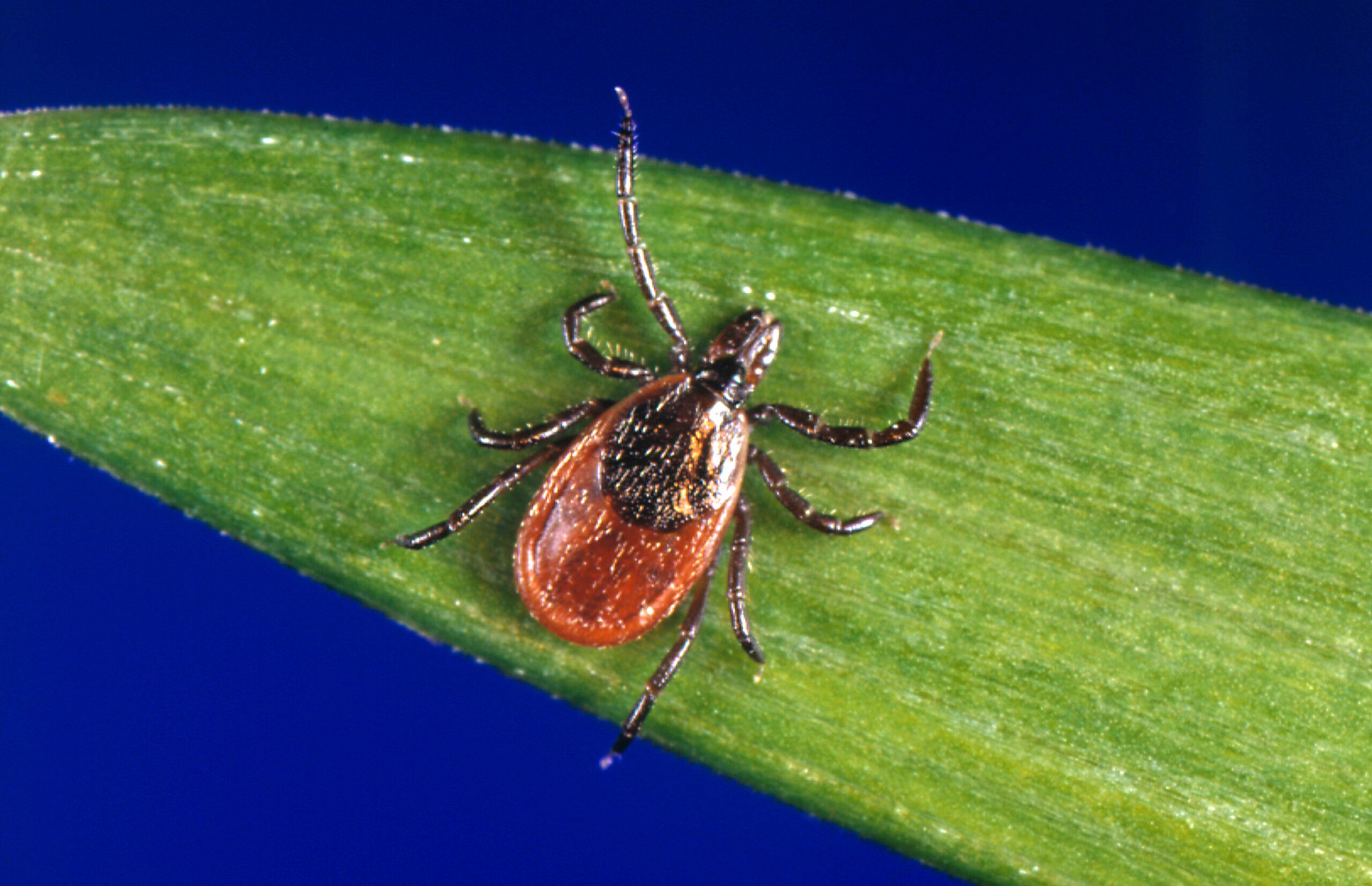It’s still too early to tell what the summer and the rest of the year will bring in terms of Wisconsin’s insect populations, according to a state expert.
“It’s notoriously difficult to predict this time of year what the insects will be like for the rest of the year because the weather patterns we experience can have a big influence on those,” said P.J. Liesch, a University of Wisconsin-Extension entomologist and director of the University of Wisconsin-Madison Insect Diagnostic Lab.
Difficulty predicting populations includes specific species like ticks and mosquitos which cause Lyme disease and different strains of encephalitis or West Nile virus in humans.
“Our common ticks, things like deer ticks and wood ticks, are pretty well adapted to our area. Ticks tend to spend the winter on the ground amongst leaf layer. A lot of parts of the state had pretty solid snow cover by the time the polar vortex ( in January 2019) got here, so that probably didn’t affect them a whole lot,” Liesch said.
“What I suspect over the long run is if we have climate change going on and have earlier springs where the snow is melting out earlier in the season, that may give us a longer season of tick activity. If we’re adding extra months where we may have potential tick-human interactions, that may have some sort of role in the number of tick-bourne disease cases that we see,” he said.
The Wisconsin Department of Health Services reports Wisconsin had just over 3,100 estimated cases of Lyme disease in 2018 and the average number of Lyme disease cases has more than doubled in the last 10 years.
Wisconsin is a state with one of the largest numbers of Lyme disease cases each year.
The Centers for Disease Control and Prevention reports 30,000 cases of Lyme disease nationwide each year but estimates there may be 10 times more cases that occur but aren’t reported.
“If you want to talk about an emerging health threat for Wisconsin and the upper Midwest, deer ticks are a very relevant story. We didn’t find our first deer tick in Wisconsin until the late 1960s. I think of northern Wisconsin as having a lot of deer tick activity, but you can find them in any county in the state today,” Liesch said.
Lyme diseases is one of the more common tick-bourne illnesses seen at Gundersen Lutheran Medical Center in La Crosse.
“The symptoms that people can have with some of these illnesses can really overlap with each other or overlap with other common illnesses that are not tick-bourne illnesses. So, it can make diagnosing some of the tick-bourne illnesses a challenge,” said Dr. David Mcnamara, a infectious disease physician at Gundersen.
“With Lyme Disease, in probably 50 to 60 percent of the cases people will see a rash on their skin, but a lot of cases, people won’t recall a rash. The ticks are tiny. People typically have flu-like illnesses, may feel chills, weakness, malaise and have a fever with that and a lot of different illnesses could cause that,” he said.
While there has been a lot of flooding around Wisconsin this spring, Liesch said predicting what that will mean for mosquito populations is also a challenge.
“In Wisconsin, we have about 60 different mosquito species and each mosquito varies in its biology and habits, the number of generations per year and the type of water they like,” he said.
“In general, if we have years that are very rainy, we do tend to see more mosquitos, but if you dig farther into it, more mosquitos doesn’t necessarily mean you’re going to have more mosquito-bourne diseases,” said Liesch.
Local municipalities around Wisconsin have programs to control mosquito populations.
In La Crosse County, their program traditionally tried to reduce all mosquito populations, but last year started focusing on reducing disease-causing mosquitos.
“We’re focused in on a couple of mosquitos. We typically run our season from May until September. We’re looking at ditches, tree holes and artificial containers,” La Crosse County Health Department Director Jen Rombalski said.
“We’re going to send out a letter to some businesses to (ask) ‘Can you help us by looking at some of the containers you have on your property, so we can continue to cover as much as we can?’” she said.
Rombalski said people can still enjoy the outdoors if they take proper precautions to avoid tick and mosquito bites.
Liesch said Wisconsin has 20,000-25,000 different types of insects.
“Insects and other arthropods do a lot more good for us than bad. Pollination services and breaking down and recycling dead plant materials and roadkill. All of those ecosystem services they provide are crucially important for mankind to eat and enjoy the outdoors,” he said.
– John Davis
Episode Credits
- Hope Kirwan Host
- Dawn Jewell Producer
- John Davis Producer
- John Davis Interviewer
- Jen Rombalski Guest
- Dr. David Mcnamara Guest
- PJ Liesch Guest
Wisconsin Public Radio, © Copyright 2026, Board of Regents of the University of Wisconsin System and Wisconsin Educational Communications Board.



